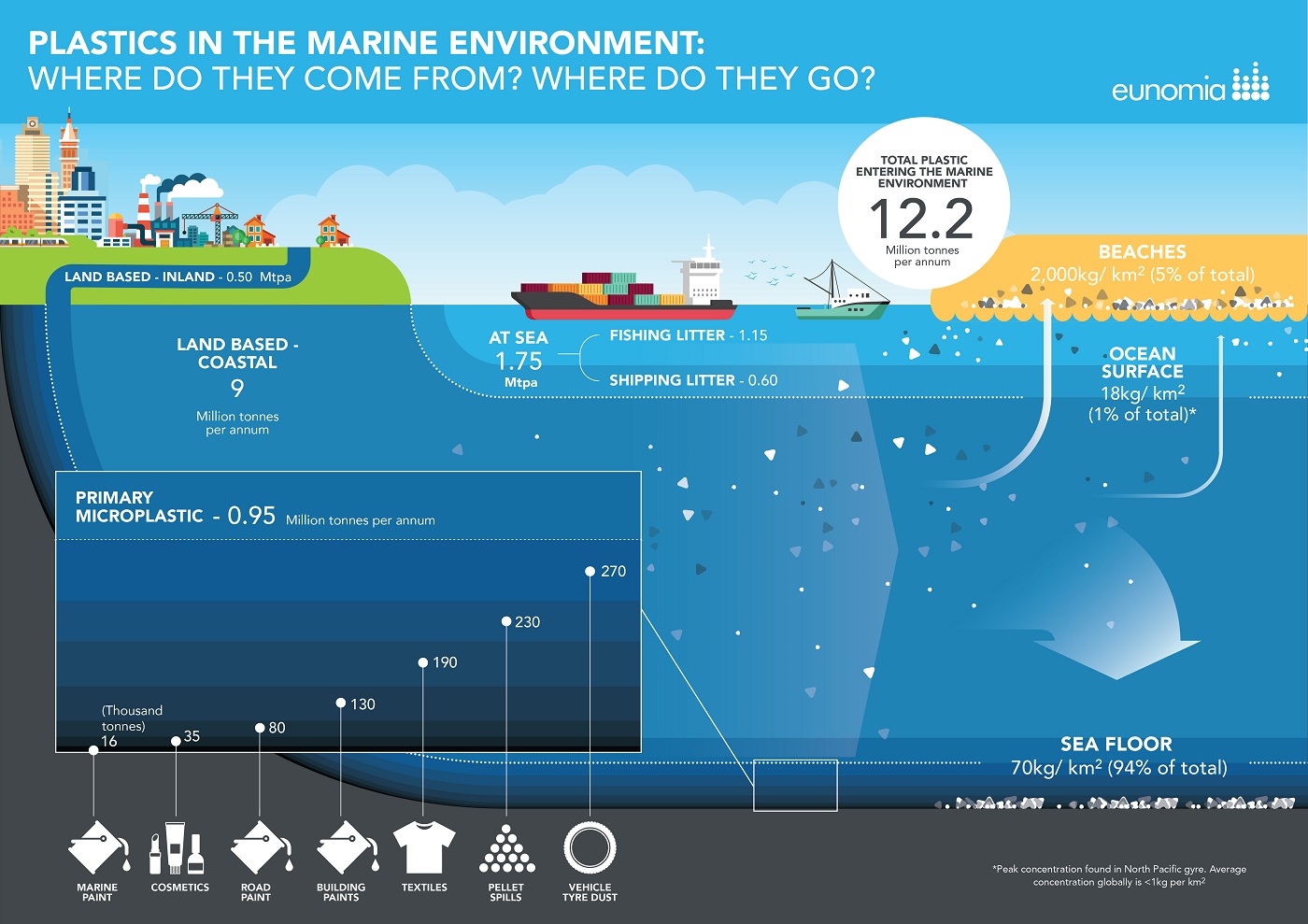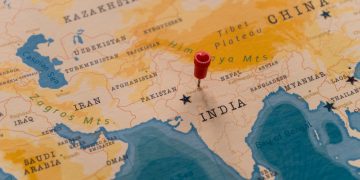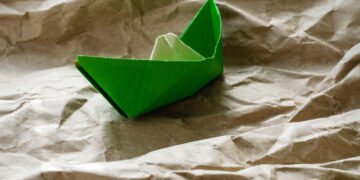One of the most concerning problems that our oceans are facing nowadays – if not the most important – is plastic pollution. Plastics are the cause of increasing ocean pollution, which in turn affects marine life, and consequently humans as well. However, there are easy steps that everyone can follow, in order to eliminate this matter.
How big is the problem?
For a better understanding of the amount of discharged plastic, a study conducted by a scientific working group at UC Santa Barbara’s National Center for Ecological Analysis and Synthesis (NCEAS), concluded that every year, 8 million metric tons of plastic end up in our oceans. What is more concerning is that, according to the study, the cumulative input for 2025 would be nearly 20 times the 8 million metric tons estimation.

Did you know?
- Plastic causes many effects in wildlife because chemicals include reproductive abnormalities and behavioural effects.
- All sea turtle species, 45% of all species of marine mammals, and 21% of all species of sea birds have been affected by marine debris.
- Plastics can absorb toxins from surrounding seawater, such as pesticides and those in the class of chemicals known as Persistent Organic Pollutants (POPs). They can also release harmful components.
- Plastics can be ingested by many organisms. This can cause damage to their health.
Human health can also be significantly influenced by marine litter in the form of injuries from debris such as broken glass or indirectly by chemicals, toxins or bacteria in the water. In addition, plastics have been found in a wide variety of species that we eat, such as bivalves (e.g. mussels), crustaceans (e.g. crabs) and fish.
Series blog posts on plastic marine debris and microplastics
What can be done?
In order to reduce plastic pollution, the solutions are simple, and can be applied by everyone.
The best way we can all help is to reduce new litter entering the marine environment. This may sound naïve, but it is a fact. To do that, there are the three Rs that can help us do this:
- Reduce: Choose products with less packaging, or shops where you can refill your own container.
- Reuse: Use reusable products.
- Recycle: Separate items that can be recycled (i.e. plastic, paper, cardboard).





























































I have a question…once a homeowner recycles plastic properly and that plastic ends up in city garbage dump, how much of that plastic makes its way back into the ecosystem?